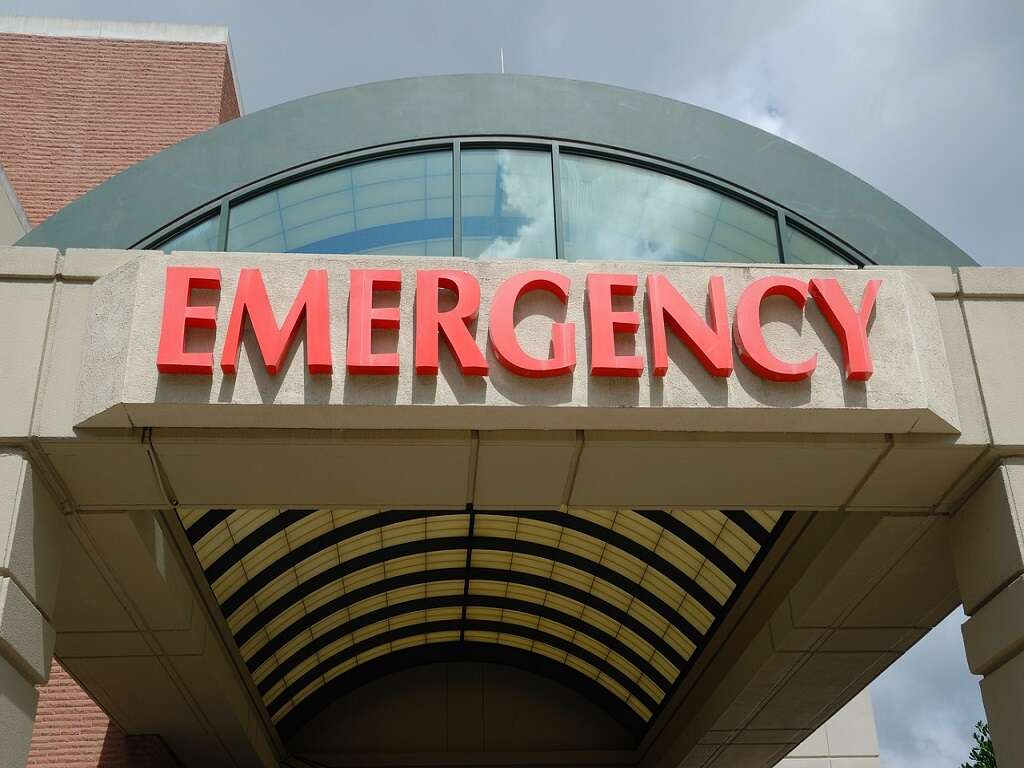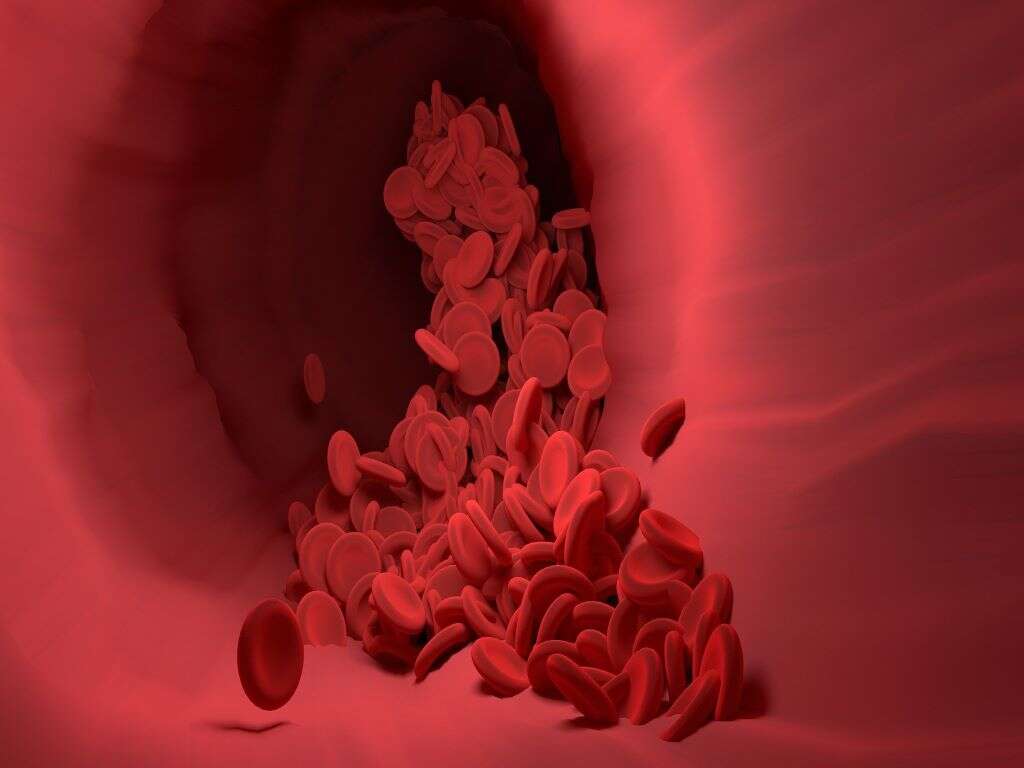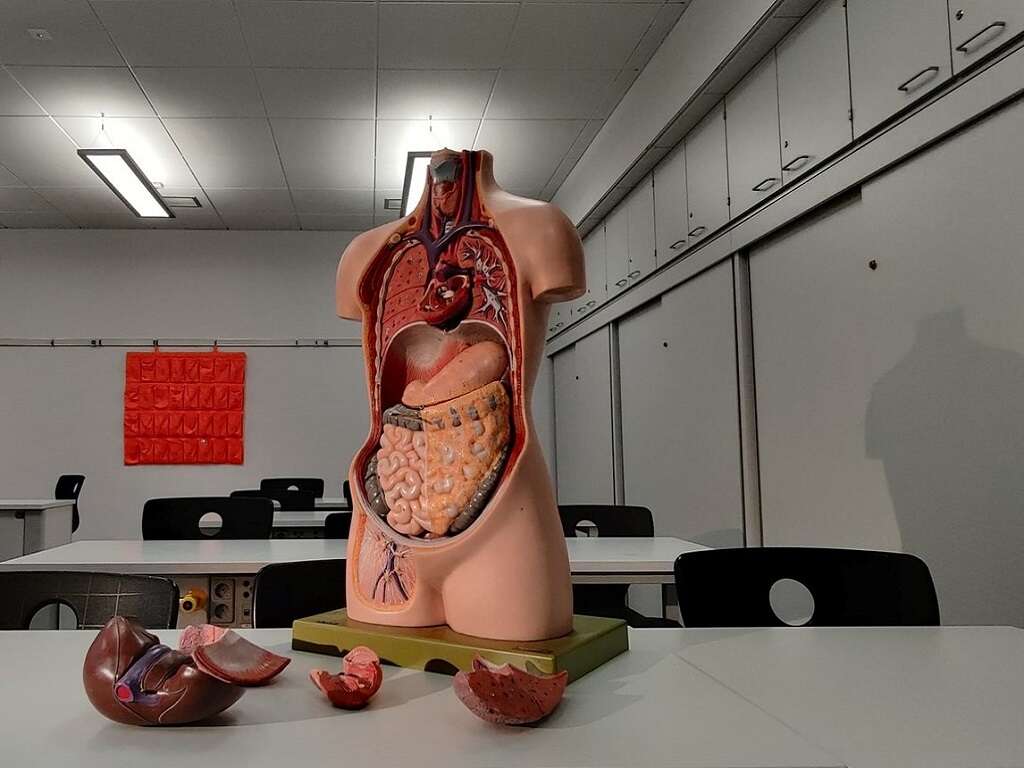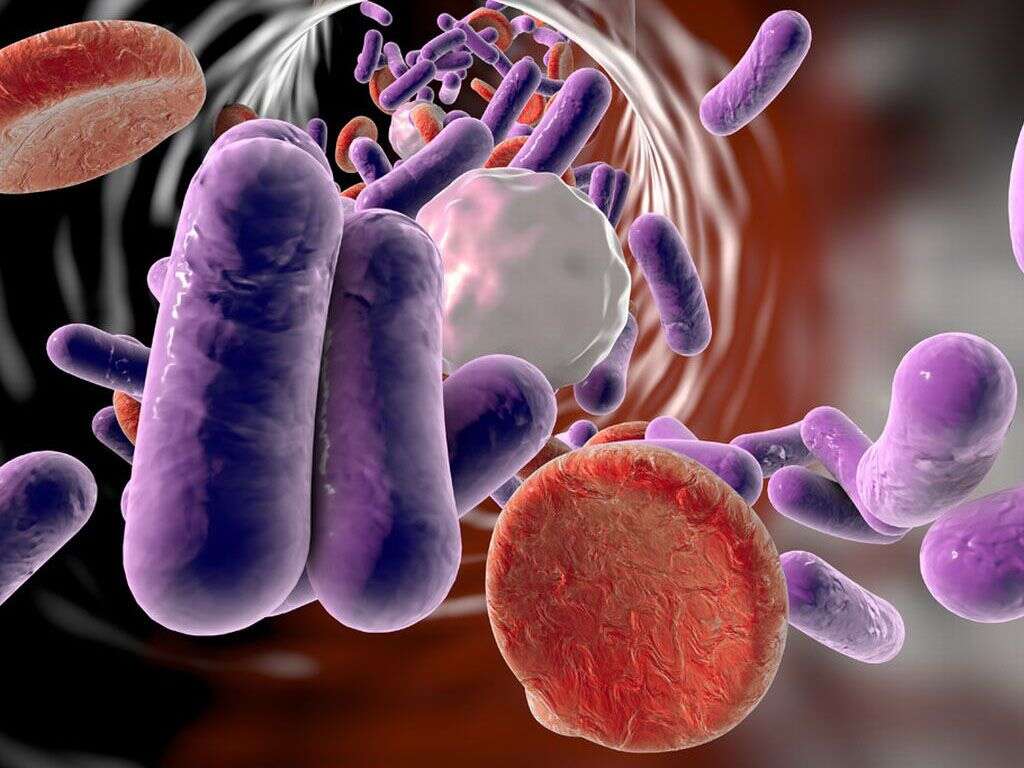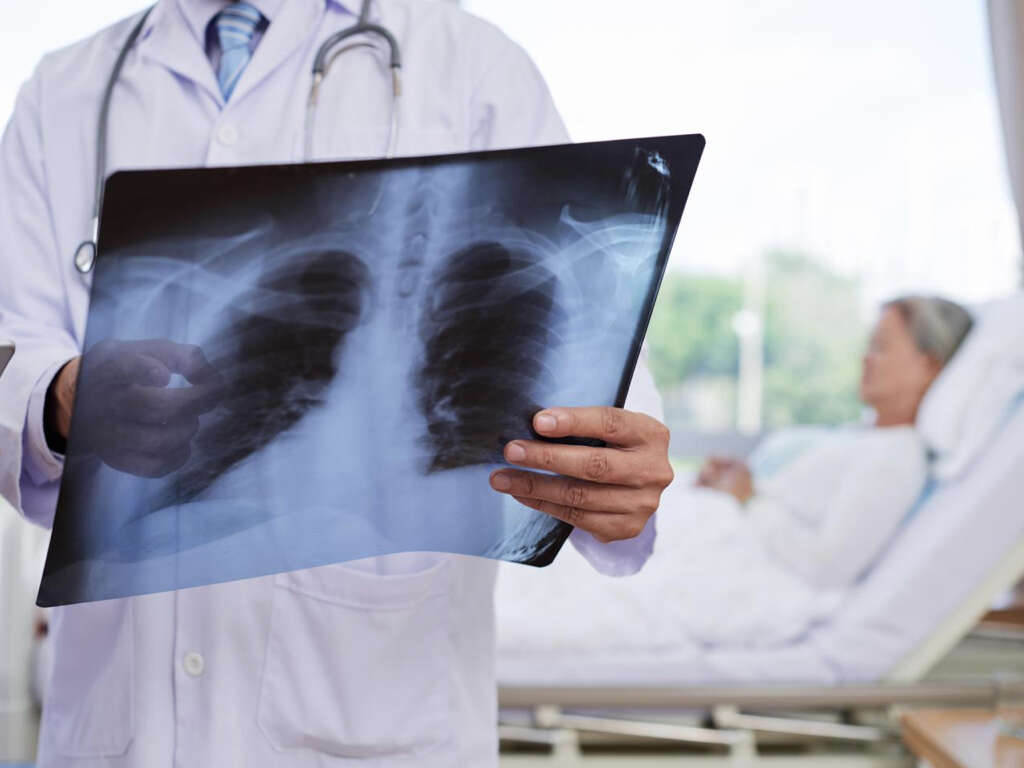10 Symptoms of Septic Shock
Sepsis is a condition characterized by organ dysfunction associated with an abnormal response towards an infection. Septic shock is a life-threatening condition that may develop in patients with sepsis. It usually involves circulatory and metabolic imbalances that lead to a characteristic severe drop in blood pressure that usually requires the use of drugs to restore normal values.
Most cases of septic shock affect people with compromised immunity, the elderly, and young babies. This is a serious medical condition with a mortality rate between 25 and 50 percent. As such, patients are usually admitted into the intensive care unit for treatment. Below are the leading 10 septic shock symptoms:

Symptom #1: Low Blood Pressure
While not readily recognizable without testing, low blood pressure is one of the main septic shock symptoms. It occurs as a result of dilation of most blood vessels in the body. Because sepsis results when infection gets into the bloodstream, the body’s defense mechanism releases large amounts of disease-fighting biochemicals such as cytokines.
Cytokines cause blood vessels to dilate to let blood flow easily to the infection sites. Unfortunately, when blood vessels dilate across the body, blood pressure drops substantially. This is because there is more space inside blood vessels but the volume of blood remains the same. As a result, less blood is available to fill the blood vessels for delivery to all parts of the body. Low blood pressure presents with other septic shock symptoms such as dark urine and dizziness. However, only a doctor can provide a diagnosis of sepsis or septic shock.
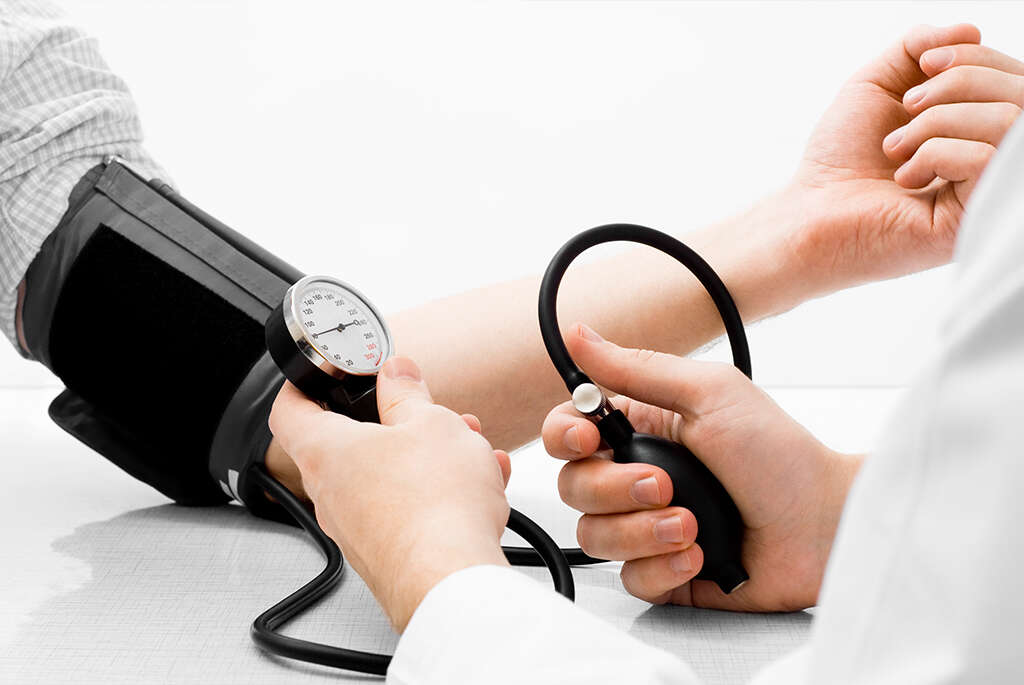
Symptom #2: Dizziness
Sepsis can lead to dizziness and lightheadedness as a result of low blood pressure. As the blood pressure falls, the brain gets less oxygen and this symptom appears.
As sepsis progresses into septic shock, the blood pressure falls drastically and extreme measures are required to correct the hemodynamic status of the patient.

Symptom #3: High Fever
A high fever is one of the most common septic shock symptoms. It occurs as a defense mechanism set in place to kill the pathogens causing the underlying infection.
This symptom might be absent in the elderly, newborns and the immunocompromised, as their immune system is not working properly. Therefore, you shouldn’t rely on this symptom alone.

Symptom #4: Increased Heart Rate
An increased heart rate is a common symptom associated with septic shock. As the blood pressure falls, the heart starts pumping faster to assure adequate blood supply to the tissues.
Many conditions may cause this symptom to appear, therefore it is considered a non-specific symptom. Nevertheless, it is very rare to see a patient suffering from septic shock without an increased heart rate.

Symptom #5: Breathing Difficulties
As the infection progresses, the respiratory rate increases as well. The body needs extra oxygen to fight the infection, therefore, the lungs will start to increase the respiratory rate to be able to deliver the oxygen supply to the tissues.
In patients with a lower respiratory infection as the underlying cause of sepsis, breathlessness can be a common symptom as well.

Symptom #6: Dark, Smelly Urine
Besides filtering blood, the kidneys control body fluid levels. When they sense the low blood pressure, they work to deal with it by retaining fluids. As a result, they reduce the amount of fluids they send to the bladder for excretion in the form of urine. One of the initial septic shock symptoms is reduced volume of urine. The urine may also be thicker, darker, and smellier than usual.
Other symptoms of sepsis such as fever and poor appetite can also lead to reduced urine volume. Fever and sweating go together, while poor appetite can mean that the patient does not take adequate amounts of fluid. This leads to dehydration and therefore reduced urine volume.
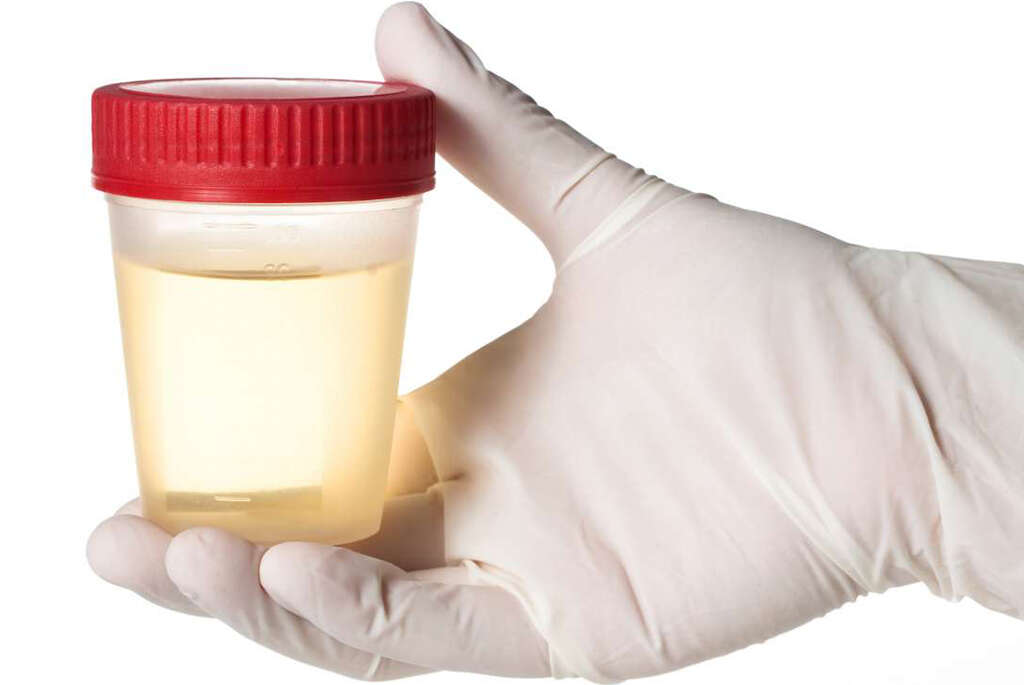
Symptom #7: Cold Extremities
When the body is in a septic condition, it goes into survival mode. As a result, more blood flows to the critical organs including the brain, the heart, lungs, and the kidneys. This leaves extremities such as the legs and hands, and other organs such as the skin, to receive less blood than they require. As a result, the extremities and the skin may feel unusually cold.
The cold condition may get worse as the illness progresses. However, cold skin and extremities are also symptoms of other health conditions besides sepsis. For this reason, in case of these and other symptoms, visit a doctor for diagnosis and treatment.

Symptom #8: Nausea
Nausea is another common symptom of septic shock. Vomiting and diarrhea may also be present. These symptoms may be confused for a common abdominal issue such as indigestion when they first appear. This may lead to ignoring the illness or self-medication. Unfortunately, it is difficult to treat sepsis this way. Instead it might advance to septic shock.
For this reason, and considering that septic shock is a life-threatening condition, nausea that goes on for a day or two, in addition to one or more of the other possible septic shock symptoms, should not be taken for granted. Consult a doctor, or better still, go to a hospital where tests can be conducted to determine the condition you are suffering from.

Symptom #9: Malaise or Discomfort
Because sepsis spreads through the blood, it can affect the whole body. This means that many organs and tissues are affected. For this reason, a person with the condition may experience pain in many parts of the body. The discomfort will normally be worse in the organs and tissues where the infection began.
Many conditions cause this symptom but if you are suffering from malaise and other symptoms described before, you should seek medical attention as soon as possible for proper diagnosis and treatment.

Symptom #10: Mental Confusion
This is another septic shock symptom that occurs because the brain does not get adequate blood, and therefore is low on oxygen and glucose. It is not clear how this happens. But because the brain normally gets a lot of blood to help it function properly, any downfall can have significant effects.
As a result of the reduced blood flow into the brain, mental confusion may occur. Additionally, because a person suffering from sepsis is generally low in energy, the body slows down significantly. This may present as sleepiness and fatigue. This means that when symptoms such as mental confusion, sleepiness, and low energy occur, they may signify that you could be going into septic shock.






